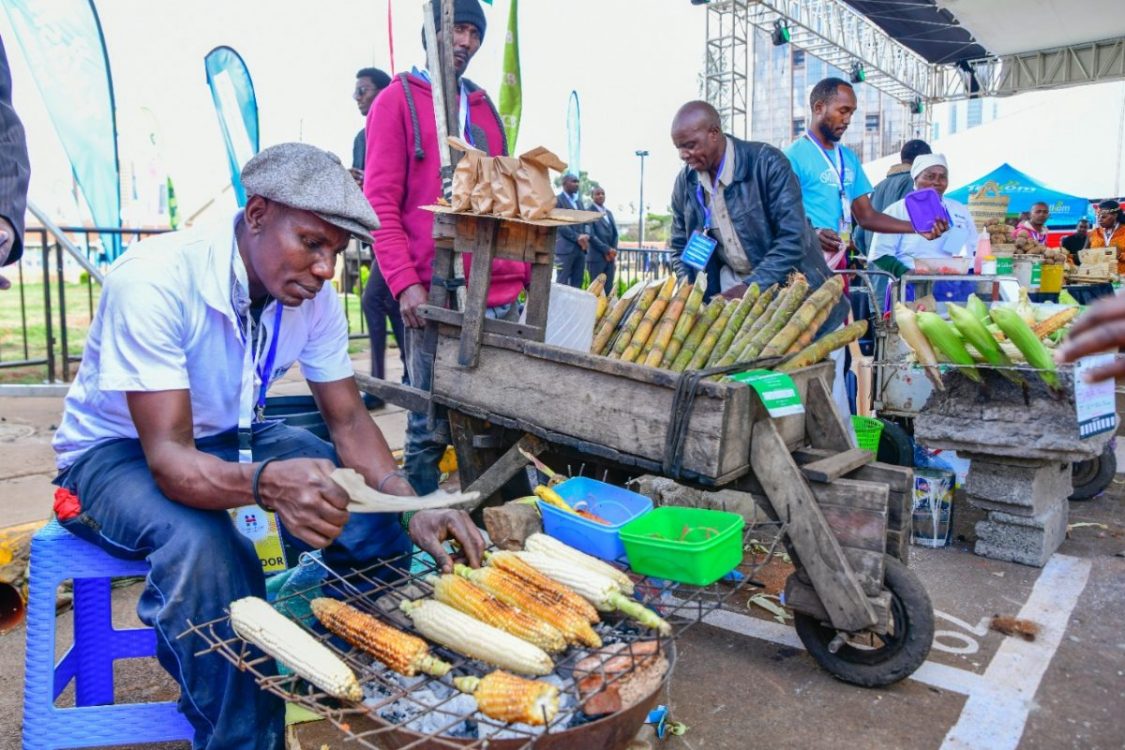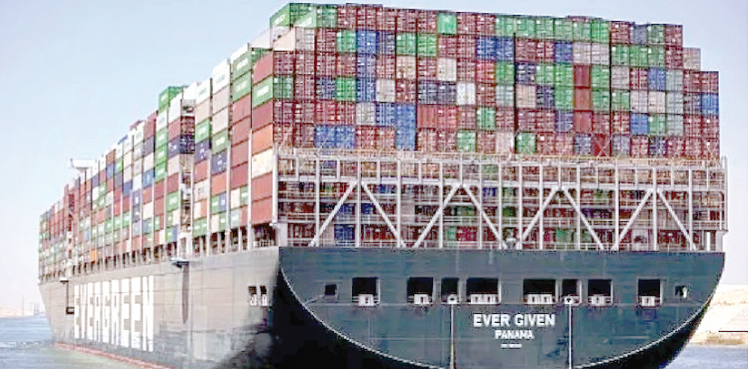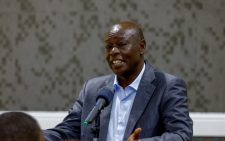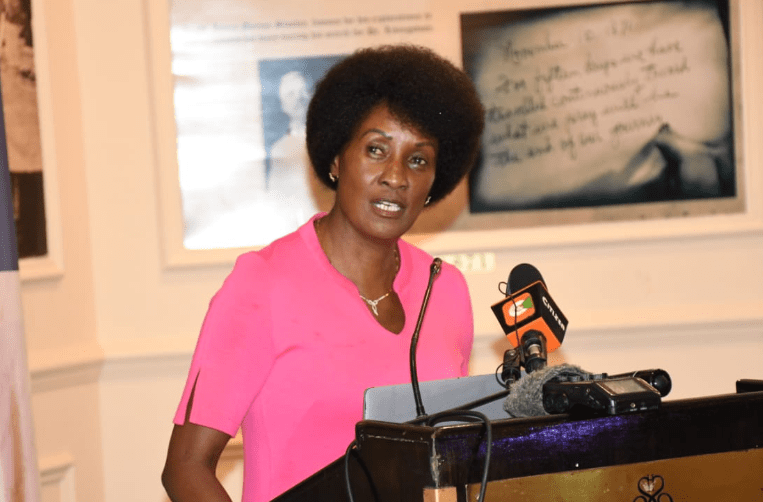How ‘hustler’ energy can create real economic impact

In the run-up to the 2022 general election, the “Hustler” narrative gripped Kenya’s political class and the common mwananchi. Championing a bottom-up economic model, William Ruto positioned himself as the voice of the ordinary Kenyan. The hustler movement sought to shift the conversation from elite-driven, top-down policies to grassroots economic empowerment.
At its core, the bottom-up model promised to prioritise small businesses, boda boda riders, mama mbogas, and jua kali artisans, groups historically left behind by mainstream development policies. It was a rallying cry for economic inclusion in a nation riddled with inequality and youth unemployment.
Despite the energy and populism behind the Hustler movement, turning campaign rhetoric into real economic outcomes has proved challenging. Two years in, that vision is facing serious questions. Many who believed in the promise are now asking: Where is the change?
The Hustler Fund was meant to be a lifeline. The loans are not enough to build lasting businesses. Borrowers use the money to cover daily expenses, not to invest in tools or stock. Without proper training and follow-up support, these loans are short-term fixes.
Trust is an issue, too. Many Kenyans do not understand how the bottom-up model works in real life. The language of economic policy rarely reaches the people it aims to help. They see prices rising, taxes growing, and jobs shrinking. The promise of prosperity feels distant.
Yet, the idea behind the Hustler narrative is not wrong. The implementation is the problem. There is still time to make adjustments. Kenya has enough talent.
What we need now are practical steps rooted in innovation. The first is to embrace the digital economy. Young people in Kenya already work online. They write code, design logos, teach languages, and sell goods on social media. The digital hustle is real. The government and private sector can grow it by offering training, inexpensive internet, and payment solutions. Programmes like Ajira Digital need to be scaled. County governments can partner with tech hubs to bring training closer to the people.
Mobile money is a major asset. We can use it to create simple tools that track spending, offer business advice, and link small traders to suppliers. Fintechs can build loan models based on mobile payment histories, not just CRB reports. This makes credit more accessible and fairer.
Counties also need to do more. Many have unique strengths. Turkana has fish, Kitui has honey, Meru has miraa, and Eldoret has dairy. Each county can build a small innovation hubs focused on its key products. These hubs can train locals, provide storage, and connect them to markets. With leadership, this can create jobs and raise incomes.
The government should rethink the Hustler Fund. Instead of treating it like a loan app, we should turn it into a startup engine. Offer different packages for different needs. Some need grants, others need tools, and others need mentorship.
The writer is an Innovations Evangelist and a PhD Candidate; machariamuhoho@gmail.com














